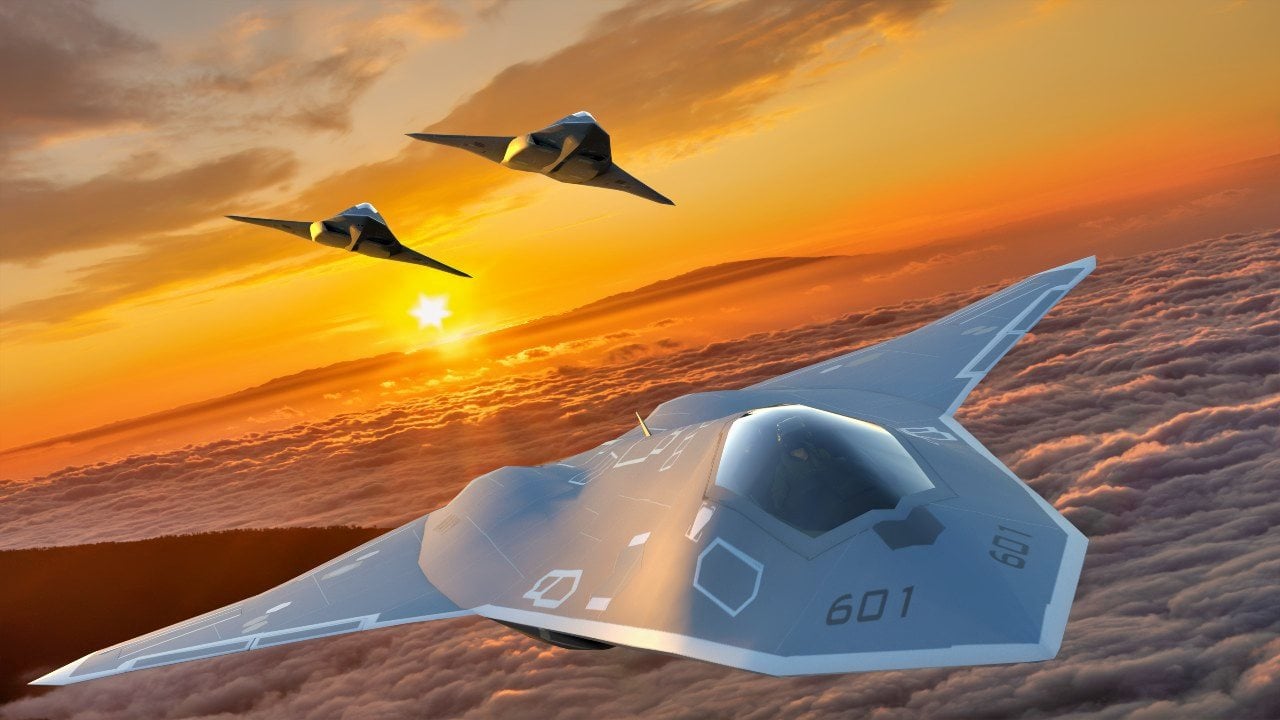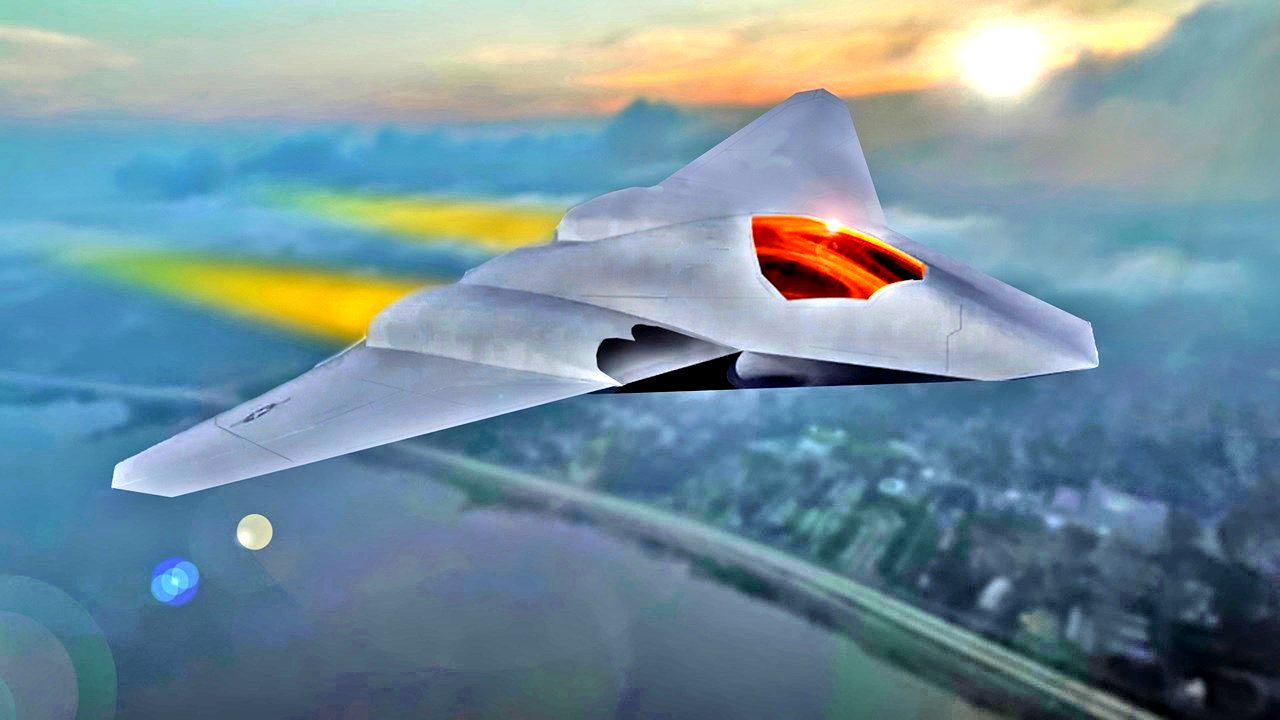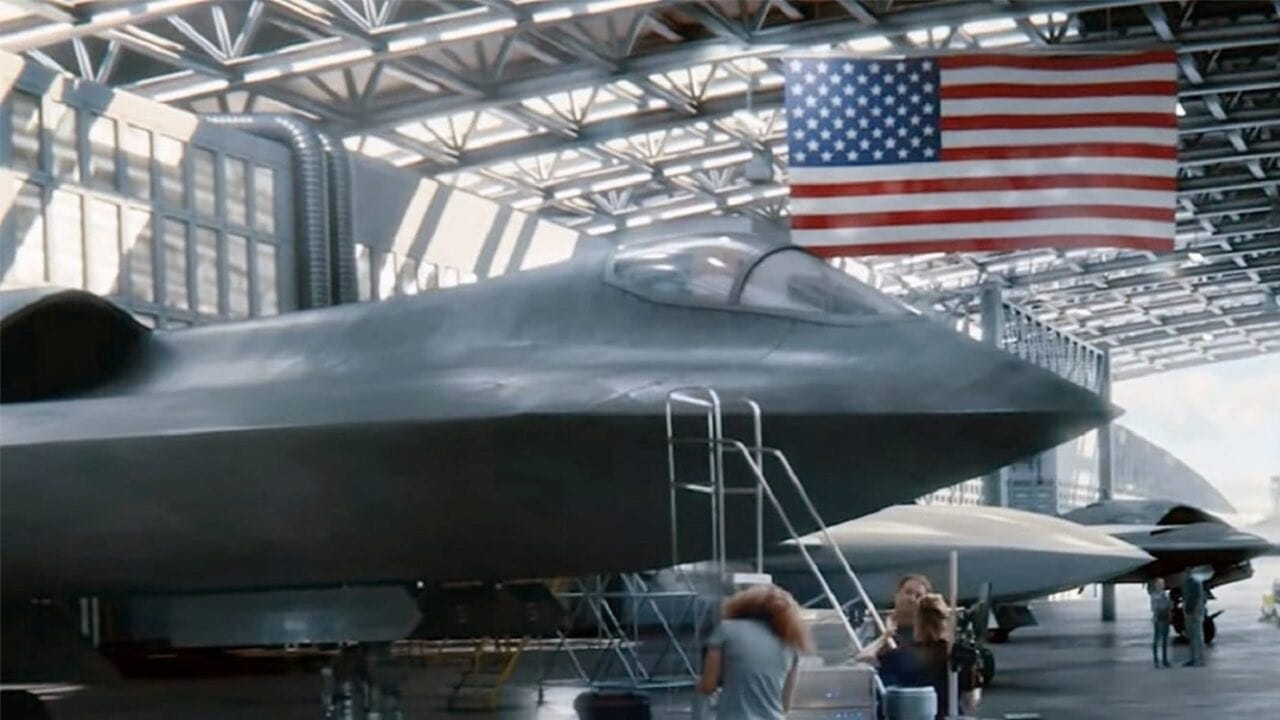
NGAD: The 6th Generation Fighter Built to Replace the F-22 Raptor
Summary: The U.S. Air Force is advancing its air power capabilities with the Next Generation Air Dominance (NGAD) program, aimed at developing manned and unmanned sixth-generation stealth fighters to replace the aging F-22 Raptor.

The F-22, the first operational stealth fighter, is becoming outdated with less than 100 operational units remaining. NGAD will ensure U.S. air superiority by incorporating advanced stealth and unmanned systems.
The program underscores the Air Force’s commitment to maintaining an edge in air power amidst rapidly advancing technology and air defense systems.
F-22 Raptor to NGAD: Transitioning to Advanced Air Dominance Fighters
From the first moment weapons were placed on an aircraft, air power has been the key to winning wars. From World War II to the invasion of Iraq, the scale has tilted toward the military with the strongest capabilities in the air.
Technology continues to advance at a rapid pace. Fifth-generation stealth aircraft like the F-35 Lightning II fighter jet are growing in number, and more militaries around the world are interested in incorporating such aircraft into their arsenals.

The U.S. Air Force isn’t stopping there. It is spending billions of dollars on new projects. The Next Generation Air Dominance (NGAD) program is the perfect example of the Air Force’s intention to continue to invest in the latest stealth fighter technology.
The NGAD, Explained
In development for a number of years, NGAD aims to create a manned and unmanned sixth-generation stealth fighter capability for the U.S. Air Force. Not a lot is known about the future aircraft aside from the fact that it will include manned and unmanned versions, it will be stealthy, and the manned version will be able to operate alongside unmanned aerial vehicles.
Air defense technology has also been improving. But the Air Force won’t stop developing and testing aircraft to defeat enemy air defenses just because of advancements in counter-air technology. Indeed, stealth aircraft are and will likely remain effective against enemy sensors, buying aircraft precious time to deliver their munitions before the enemy spots them.
Replacing the F-22 Raptor
Through NGAD, the Air Force is looking for an air superiority stealth fighter that will replace the aging fifth-generation F-22 Raptor.
The F-22 is an extremely capable air superiority aircraft. Indeed, it was the world’s first operational stealth fighter. However, as the years pass, it is becoming less relevant.
The Raptor reached initial operating capability in 2005, and manufacturer Lockheed Martin ceased production in 2011. Although Congress is forcing the Air Force to keep the F-22 in service, the number of available aircraft is shrinking due to the lack of an open production line that could service older or damaged aircraft. Of the 186 aircraft that the Air Force received, less than 100 remain operational.
The Air Force plans to purchase around 200 NGAD stealth fighter jets to take up the slack from the F-22 and ensure that in a future conflict, the U.S. military operates in an environment of air superiority, if not air dominance.
Technology is advancing fast, and an operational unmanned fighter jet is not too far in the future. The Air Force will not stop developing and testing new concepts to ensure that the U.S. military retains the all-important air power advantage.
About the Author
Stavros Atlamazoglou is a seasoned defense journalist specializing in special operations and a Hellenic Army veteran (national service with the 575th Marine Battalion and Army HQ). He holds a BA from the Johns Hopkins University and an MA from the Johns Hopkins’ School of Advanced International Studies (SAIS). His work has been featured in Business Insider, Sandboxx, and SOFREP.
All images are from Shutterstock or Creative Commons.
More from National Interest
PAK DA – Russia Is Building a New Stealth Bomber
Houthis Might Have Attacked a Navy Aircraft Carrier – Report


